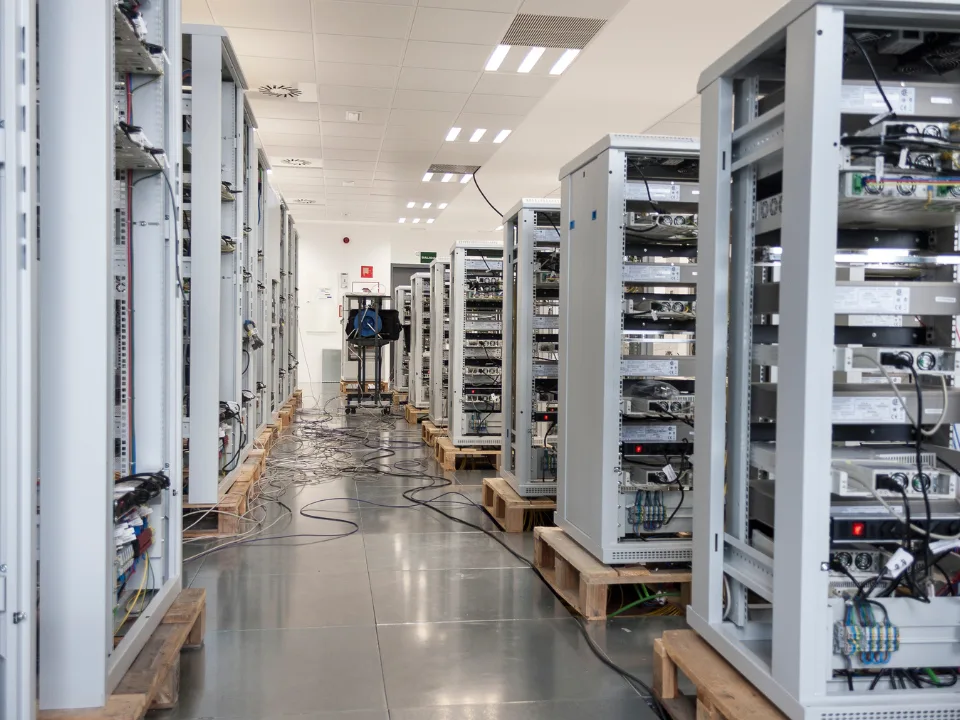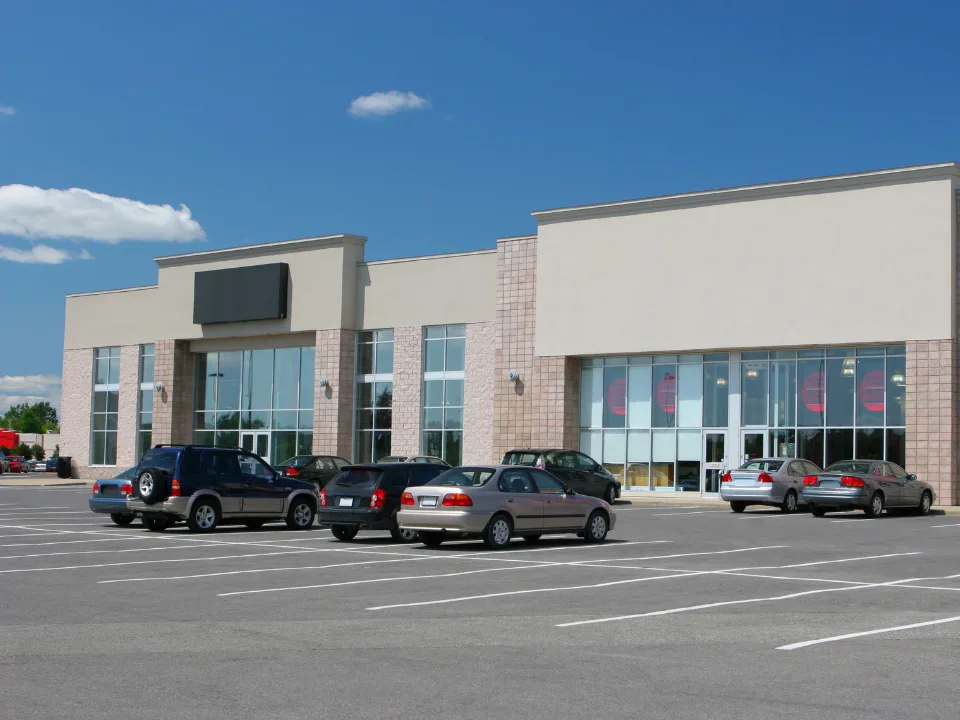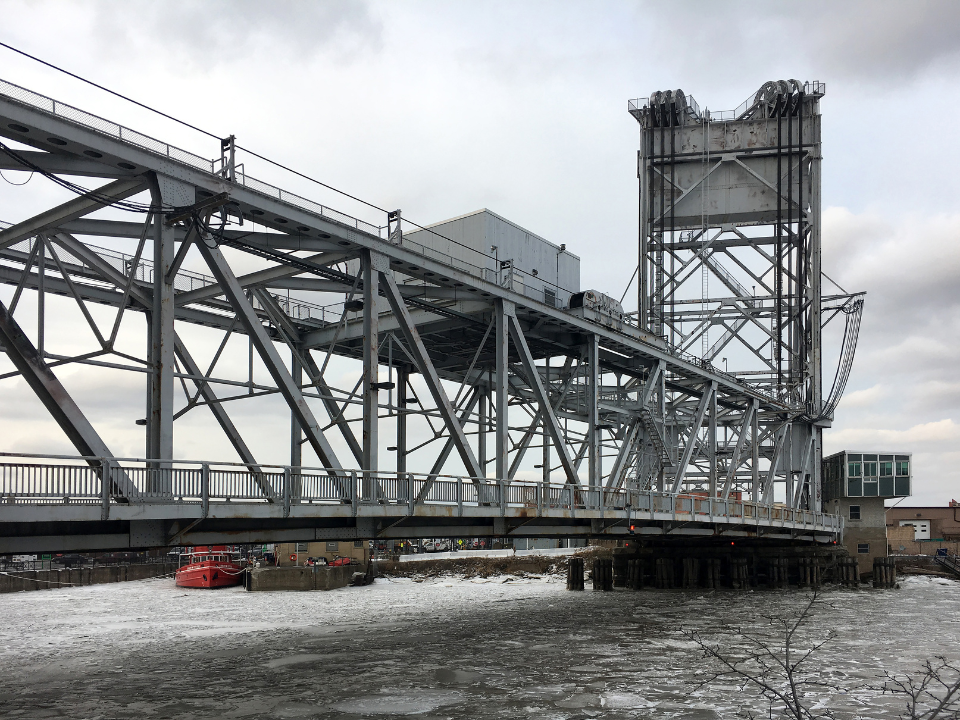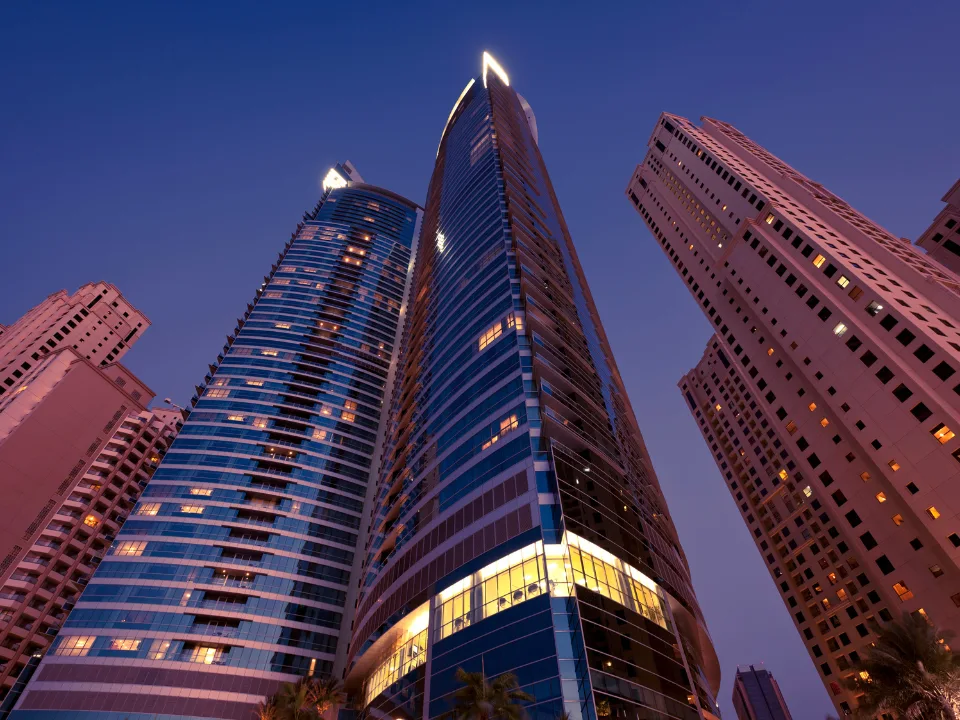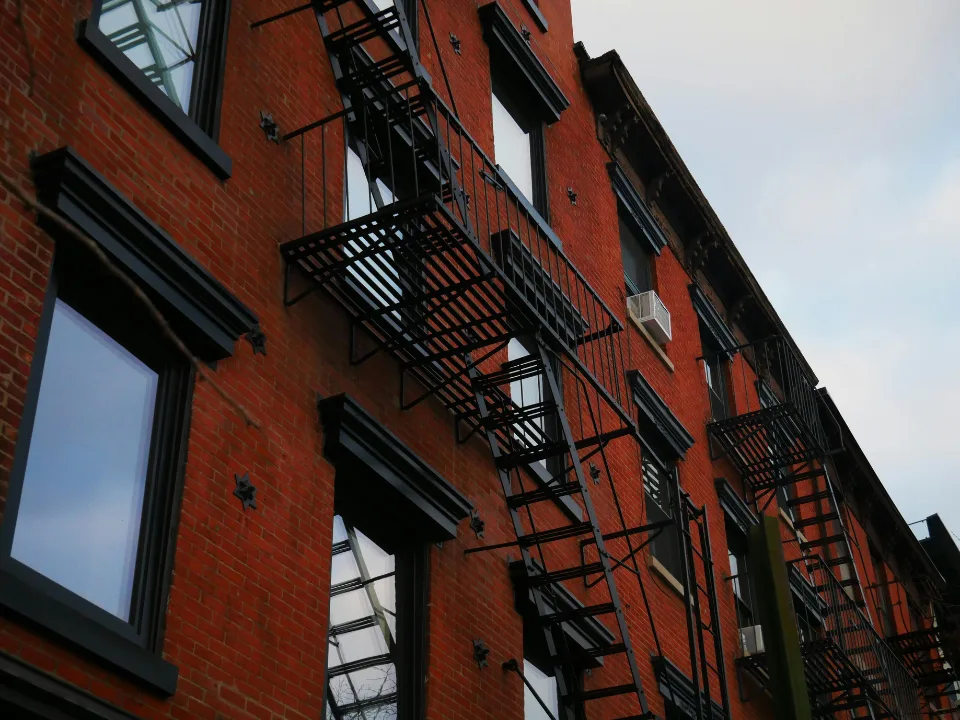- Nearly $500B in new factory investments, including semiconductor and EV projects, are drawing property investors to the Sunbelt and Rust Belt.
- Investors are targeting land for warehouses, hotels, office buildings, and apartments, banking on a “multiplier effect” from job creation.
- Challenges include high interest rates, production delays, and concerns over infrastructure readiness in cities and towns near manufacturing sites.
According to WSJ, the U.S. is seeing a surge in manufacturing investments, with nearly half a trillion dollars committed to new factories for electric vehicles and semiconductors.
This boom is attracting property investors looking to acquire or develop real estate in key regions like the Sunbelt and Rust Belt, betting on booming demand for housing, offices, and other services near these new manufacturing hubs.
CRE Surge Near Factories
Investors are eyeing real estate opportunities around major manufacturing sites, such as Taiwan Semiconductor Manufacturing Co.’s (TSM) $65B chip complex in Phoenix and Ford’s (F) $5.6B BlueOval City in Tennessee.
Developers plan to build housing, hotels, and retail spaces to accommodate the influx of workers these factories will bring.
Unsurprisingly, national competition for land in these areas has intensified, with speculators driving up prices.
Challenges Facing Manufacturing
Despite the boom, several obstacles loom large: higher interest rates, production delays, and questions about infrastructure readiness.
For instance, Ford’s electric truck plant in Tennessee has been delayed until 2027, while water and environmental concerns surround semiconductor factories in Phoenix.
These uncertainties are causing some developers to hold off until market conditions improve.
The Bigger Picture
While the manufacturing revival offers new opportunities for property investors, political headwinds and local opposition to factory developments present potential challenges.
Nonetheless, as federal investments in infrastructure and manufacturing grow, the demand for real estate near these new industrial hubs is expected to rise, positioning investors for long-term gains.
